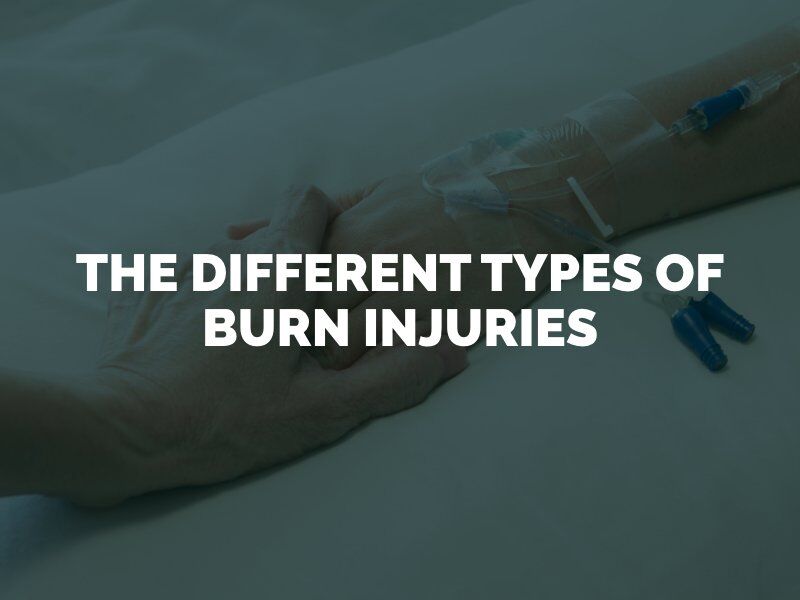Burns are among the most severe, painful, and life-altering injuries humans endure. According to the World Health Organization (WHO), non-fatal burns are a leading contributor to hospitalization, disability, disfigurement, and health impairments worldwide. Burns are also the cause of 180,000 annual deaths. Burns are the fifth highest cause of childhood injuries worldwide, particularly in underdeveloped countries
Car accidents, house fires, and explosions are the leading causes of burn injuries. To better understand the impacts of burn injuries, it helps to know how doctors categorize different types of burns and their physical effects on a burn victim.

The skin is the largest human organ. It’s highly resilient, but cannot tolerate extreme heat. Burns result from the skin’s exposure to thermal, chemical, or electrical heat. Types of burn injuries include the following:
Structure fires, exposure to open flame, and smoking are the leading causes of burn injuries in adults while scalding water is the leading cause of childhood burn injuries.
First-degree burns are those that only impact the skin’s outermost layer, making them the least severe burn type. First-degree burns cause pain, redness, and swelling. If first-degree burns are limited to only one body part they are typically treatable at home and leave no permanent scars.
Second-degree burns are significantly more serious than first-degree burns, though still considered mild. These are the most common burn injuries and cause blistering, swelling, redness, and tight, shiny skin. The damage from second-degree burns penetrates the second skin layer. If a second-degree burn is only in a small area it may be treated at home with topical medications.
Third-degree burns are those that penetrate through all of the skin’s layers and may also impact the fat layer beneath the skin. The burned area may be blackened, dry and leathery in appearance, or white. A third-degree burn may damage sweat glands, hair follicles, and nerves. These serious burns have a greater potential for infection and leave permanent scars. Third degree burns require significant medical care and often require skin grafts to facilitate healing. Widespread third-degree burns are life-threatening.
Fourth degree burns are the most severe classification of burn injuries. These life-threatening burn injuries penetrate through the skin’s layers, through the fat layer, and impact muscle and bone. Skin grafts are necessary to close the wound, prevent infection, and regulate body temperature.
In serious burn cases, many patients have multiple burns with different degrees of severity. For example, a third-degree burn may be surrounded by a second-degree burn. The outcome for injury victims with significant burns on multiple body parts can include scarring, disfigurement, and loss of range of motion. Survivors of fourth-degree burns may suffer disability due to loss of digits or limbs. Facial burns cause disfiguring scars and can also damage vision. Victims of severe burn injuries may also suffer from smoke inhalation with impacts on the respiratory system. If you’ve suffered a burn injury, contact a Seattle burn injury attorney from Fang Law Firm today.